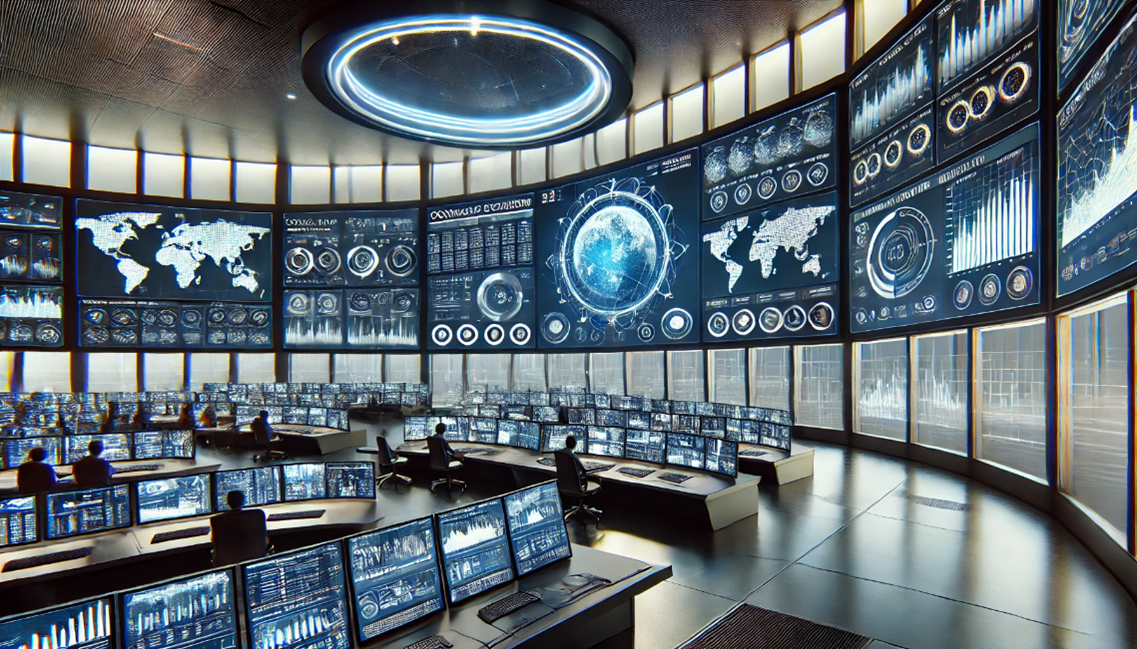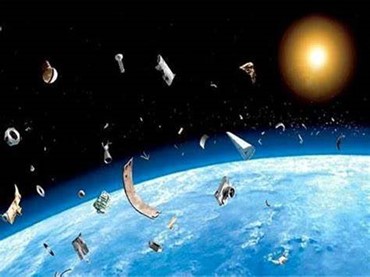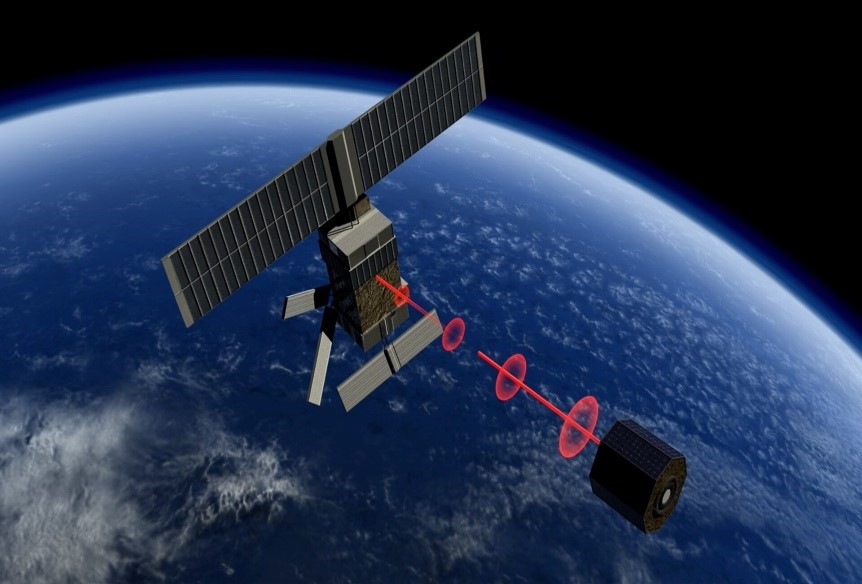How can AI improve the identification and tracking of space debris?

How can AI improve the identification and tracking of space debris?
by Maximilian 11:56am Jan 25, 2025

AI has the potential to significantly improve the identification and tracking of space debris by leveraging advanced algorithms, data analytics, and machine learning techniques. Here's how AI can help in this field:
1. Automated Detection of Space Debris
AI-powered systems can automatically detect and classify space debris in satellite imagery or radar data. These systems can process massive amounts of data much faster than traditional manual methods. By using deep learning models, AI can be trained to identify debris objects based on their size, shape, and trajectory. This reduces the need for human intervention and accelerates debris detection.
Image Recognition: AI can analyze images captured by space telescopes or satellite sensors, distinguishing debris from other objects like asteroids or space vehicles.
Radar Data Processing: AI can enhance radar signal processing by identifying echoes from debris, even those that are small or moving at high speeds, which might be missed by traditional techniques.

2. Trajectory Prediction and Collision Risk Assessment
Once debris is identified, AI can predict its future trajectory, helping to assess the risk of collisions with operational satellites or space stations. Machine learning algorithms can process historical data of debris movement and apply predictive models to estimate where the debris will be in the future.
Collision Avoidance: AI systems can suggest adjustments to satellite trajectories or even recommend timely maneuvers to avoid collisions with space debris. This capability is critical for maintaining the safety of spacecraft in orbit.
Predictive Modeling: AI can analyze the motion of multiple debris pieces and identify potential collision paths, improving space traffic management and informing decision-making.
3. Data Fusion and Integration
Space debris is tracked by multiple sources, including telescopes, radar, and ground-based observatories. AI can fuse data from these different sensors, which may have varying accuracies or coverage areas, into a unified model. This can result in a more comprehensive and accurate picture of debris locations.
Cross-Sensor Analysis: AI can process and reconcile data from different sensors (optical, infrared, radar), filling in gaps where one sensor may not have full coverage or resolution.
Multi-Source Learning: By combining data from different sources and types, AI can improve the reliability of debris tracking, even in situations where some data is noisy or incomplete.
4. Real-Time Monitoring
AI algorithms can be deployed to monitor space debris in real-time, providing continuous tracking and analysis. This is particularly useful for tracking the movement of small debris, which might otherwise be hard to monitor with traditional methods.
Continuous Learning: AI models can learn from new data continuously, improving their predictive capabilities over time.
Real-Time Alerts: AI systems can issue alerts for imminent collisions or track newly discovered debris in real-time, allowing for swift action to mitigate risks.

5. Optimization of Space Debris Removal
AI can also be used to optimize the design and operation of space debris removal missions. For instance, machine learning algorithms can help plan the most efficient paths for debris-removal spacecraft, reducing fuel consumption and time spent on a mission.
Debris Collection Strategy: AI can analyze the positions and sizes of debris, determining the best methods for removal or deorbiting (e.g., robotic arms, nets, or lasers).
Cost and Resource Optimization: AI can optimize the scheduling and execution of removal missions, minimizing the resources required while maximizing the efficiency and safety of the operation.
6. Long-Term Debris Tracking and Cataloging
AI can be used to improve long-term tracking and cataloging of space debris. By continuously learning from past observations, AI can assist in building more accurate debris catalogs, which can be shared with space agencies and satellite operators.
Automated Database Updates: AI can automatically update debris databases as new objects are identified and tracked over time.
Identification of Unknown Debris: Machine learning can help identify previously unknown debris by recognizing patterns or anomalies in the data that are not immediately obvious to human analysts.

Conclusion
AI's ability to process vast amounts of data quickly, make real-time predictions, and continuously improve its performance makes it a powerful tool for space debris management. From automated detection and trajectory prediction to real-time monitoring and debris removal, AI can significantly enhance our capacity to track and mitigate the risks posed by space debris, helping to ensure the sustainability and safety of space activities.






